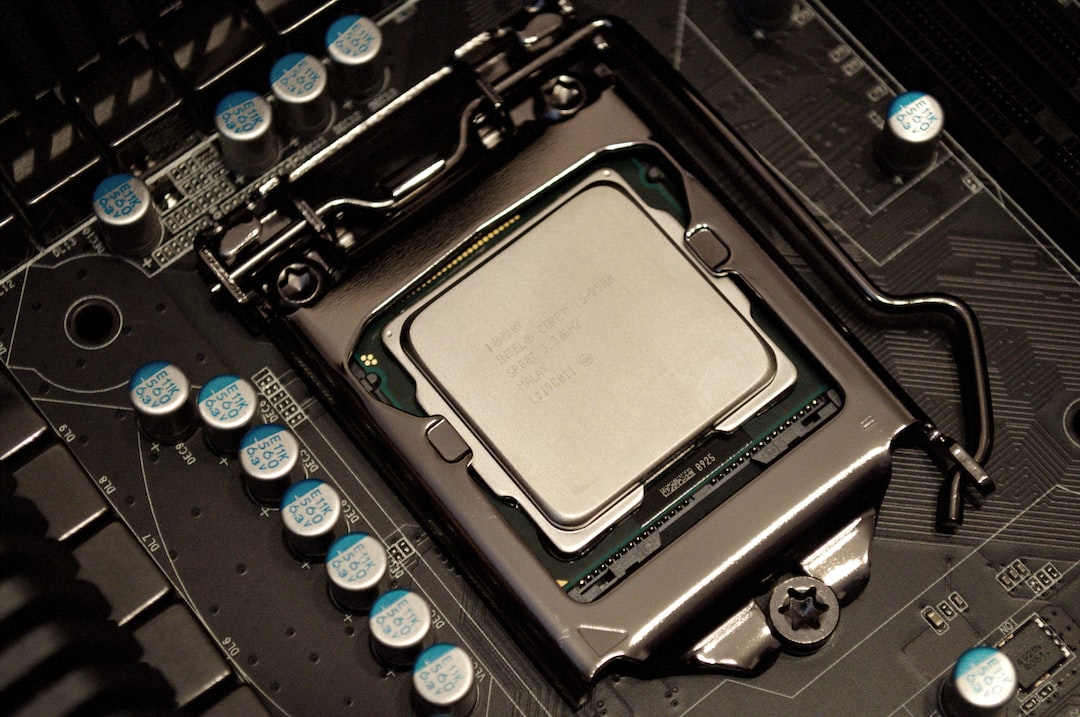The Evolution of 5G Technology and its Implications
As technology continues to advance at an unprecedented pace, the evolution of 5G technology has emerged as a game-changer. This latest generation of wireless technology promises to bring significant improvements in speed, reliability, and connectivity, revolutionizing industries and everyday life. In this blog post, we will explore the evolution of 5G technology and its implications.
First, let’s delve into what exactly 5G technology entails. 5G, short for the fifth generation, represents a leap forward in network capabilities compared to its predecessor, 4G. While 4G primarily focused on enhanced mobile broadband, 5G technology aims to cater to a wider range of applications, including autonomous vehicles, smart cities, virtual and augmented reality, and the Internet of Things (IoT).
One of the key characteristics of 5G is its blazing-fast speed. With download speeds expected to reach up to 10 gigabits per second, 5G surpasses its predecessor by several orders of magnitude. This ultra-fast speed will enable users to download high-definition movies in just a few seconds and stream content seamlessly, eliminating buffering or lag. Moreover, this improved speed will empower technologies such as real-time video conferencing and immersive virtual reality experiences, making remote work and collaboration more efficient.
Another notable feature of 5G technology is its ultra-low latency. Latency refers to the time it takes for data to travel between a source and its destination. 5G aims to achieve latency levels as low as 1 millisecond, significantly reducing delays in data transmission. This low latency is paramount for applications that require real-time interactivity, such as autonomous vehicles and robotic surgeries. With 5G, vehicles will be able to communicate with each other and make split-second decisions, enhancing road safety and enabling the broader adoption of autonomous driving technologies.
Moreover, the increased capacity provided by 5G will allow for a massive number of devices to connect simultaneously. This ability is crucial in the era of the Internet of Things, where billions of devices are expected to be interconnected. With 5G, not only will our smartphones, tablets, and laptops be connected, but also a plethora of everyday objects, from streetlights to refrigerators. This interconnectedness will facilitate the development of smart cities, where data-driven technologies optimize energy consumption, traffic management, and public safety.
The deployment of 5G technology also has profound implications for various industries. In the healthcare sector, for instance, 5G has the potential to enable remote surgeries, where surgeons can guide and control robotic devices from miles away, reducing the need for patients to travel long distances for specialized treatments. Additionally, the increased connectivity and data collection capabilities of 5G will revolutionize healthcare monitoring and diagnostics, allowing for real-time tracking of patients’ conditions and proactive interventions.
In the manufacturing industry, 5G technology will pave the way for the implementation of smart factories. With the low latency and high reliability offered by 5G, machines on the factory floor can communicate and coordinate with each other in real-time, optimizing production processes and reducing downtime. This increased efficiency will lead to cost savings and improved productivity, benefitting manufacturers and consumers alike.
However, with all the advancements and benefits brought by 5G technology, there are concerns that need to be addressed. One of the main concerns revolves around security and privacy. The massive interconnectedness created by 5G could potentially lead to an increase in vulnerability to cyberattacks. Moreover, the amount of data that will be collected and transmitted through 5G networks raises serious privacy concerns. It is crucial for industry stakeholders and policymakers to prioritize security measures and establish robust regulations to safeguard users’ privacy.
Another challenge lies in the infrastructure required to support 5G technology. Deploying 5G networks demands significant investments in building new infrastructure, including the installation of small cells and equipment upgrades. Moreover, there is a need for a vast array of spectrum frequencies to handle the increased capacity and speed of 5G. Policymakers must collaborate with telecommunication companies to develop strategies that ensure widespread coverage and equitable access to 5G technology.
In conclusion, the evolution of 5G technology holds great promise for transforming industries and improving the everyday lives of individuals. With its unprecedented speed, ultra-low latency, and increased capacity, 5G is set to revolutionize applications ranging from autonomous vehicles to healthcare and manufacturing. However, challenges in security, privacy, and infrastructure need to be carefully addressed to unleash the full potential of this technology. As 5G continues to evolve, it is crucial for governments, businesses, and consumers to adapt and embrace its capabilities to shape a more connected and intelligent future.
